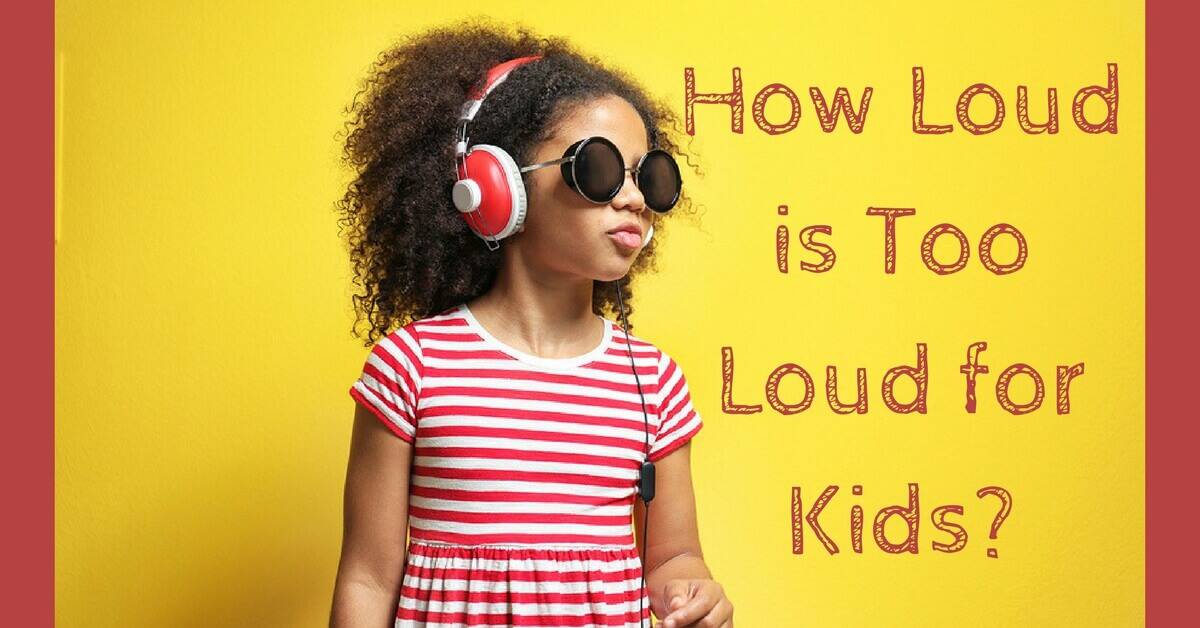Listening to music with headphones is more popular now, among all ages, than ever before in history. A 2015 study revealed that over half of 8 to 12 year olds listen to music on a daily basis, and almost two-thirds of teenagers do. While listening to music in itself is not a problem, the fact is that many of these young people are listening to music through headphones at levels which are unsafe for the hearing. At this point in time, an estimated 1 billion people are putting their ears at risk with their portable music devices, and some of those people are children. As the holidays approach, many retailers are stocking their shelves with headphones which claim to be “safe” for young ears, but how can parents be sure that these volume-limiting headphones work as they are meant to?
It is vital that parents test these products themselves, and that they know what constitutes safe and unsafe listening for kids. If you are the parent of a music-loving child, read on to learn what steps you can take to ensure their hearing is safe from harm.
Decibel levels and hearing damage: the facts
When it comes to volume and hearing damage, there’s an easy rule of thumb to remember: the louder the sound, the shorter the time you can safely listen to it.
The sound level heard by our ears is commonly measured in decibels, but this is where it gets tricky–for each increase of 10 decibels, the sound level perceived by our ears doubles. So, 100 decibels is actually twice as loud as 90 decibels, and this is why in the upper volume levels hearing damage can occur so quickly.
On an Apple music player such as an iPhone, the top volume is 102 decibels, the same volume as a leaf blower, a power lawn mower, or a helicopter at 100 feet away. At this level, only 5-10 minutes of listening is safe for adult ears, and damage can occur in children’s ears even more rapidly than that.
Keeping the volume at 70 percent, or 82 decibels, has been ruled safe for eight hours a day, but in children an even lower volume level is advisable. 80 percent volume, or 89 decibels, is safe for only 90 minutes.
Keep in mind that ears can adapt to higher volume levels over time, and it is possible that your child or teenager may not even realize that the higher volume may be harmful to their hearing. Remember also that the inner ear of a child is more sensitive to noise, and thus more susceptible to noise-related hearing damage.
How you can help protect your children’s hearing
While the rising rate of hearing loss among young people is a definite cause for concern, parents and educators around the world are making positive strides in educating children about safe listening. Particularly with young children, monitoring is key, but as kids get older they need to know how to monitor their own listening habits–and to understand why they should. Here are some steps you can take to safeguard your children’s hearing, now and in the future:
- Even if your child’s or teen’s headphones have a preset volume limit, listen to the headphones at maximum volume yourself, to see how loud the music is. In a recent analysis by Wirecutter, 30 sets of children’s headphones did not restrict volume to the promised limit. If you have difficulty hearing someone at arm’s length, the level is probably greater than 85 decibels. For children, 60 percent of the maximum volume is enough.
- As the damaging effect of loud music is cumulative, make sure that your child or teen takes listening breaks every hour. Giving the hair cells in the inner ear a chance to rest will help protect the ears from long-term hearing damage.
- Children often wear headphones in noisy places, such as cars, cafeterias, and planes, and will turn the volume up to compensate. Stress the importance of NOT turning up the volume in loud places, and look for headphones that cancel background noise as well as restrict volume.
- For young children, headphones are a better option than earbuds, which place sounds closer to the delicate structures of the inner ear.
- Supervision is key, even when your child is using headphones with a set volume limit. According to pediatric audiologist Brian Fligor, “Eighty-five decibels isn’t some magic threshold below which you’re perfectly safe.”
Model safe listening habits. Parents and educators can help to reduce noise-induced hearing loss by instilling an awareness about the dangers of loud sounds in children at an early age. Some ways to model good hearing care and promote safe listening include using ear protection in noisy recreational environments, turning down the television and music players when they are too loud, taking listening breaks, covering your ears when exposed to sudden loud sounds, and talking about the importance of listening to music at a safe volume.

